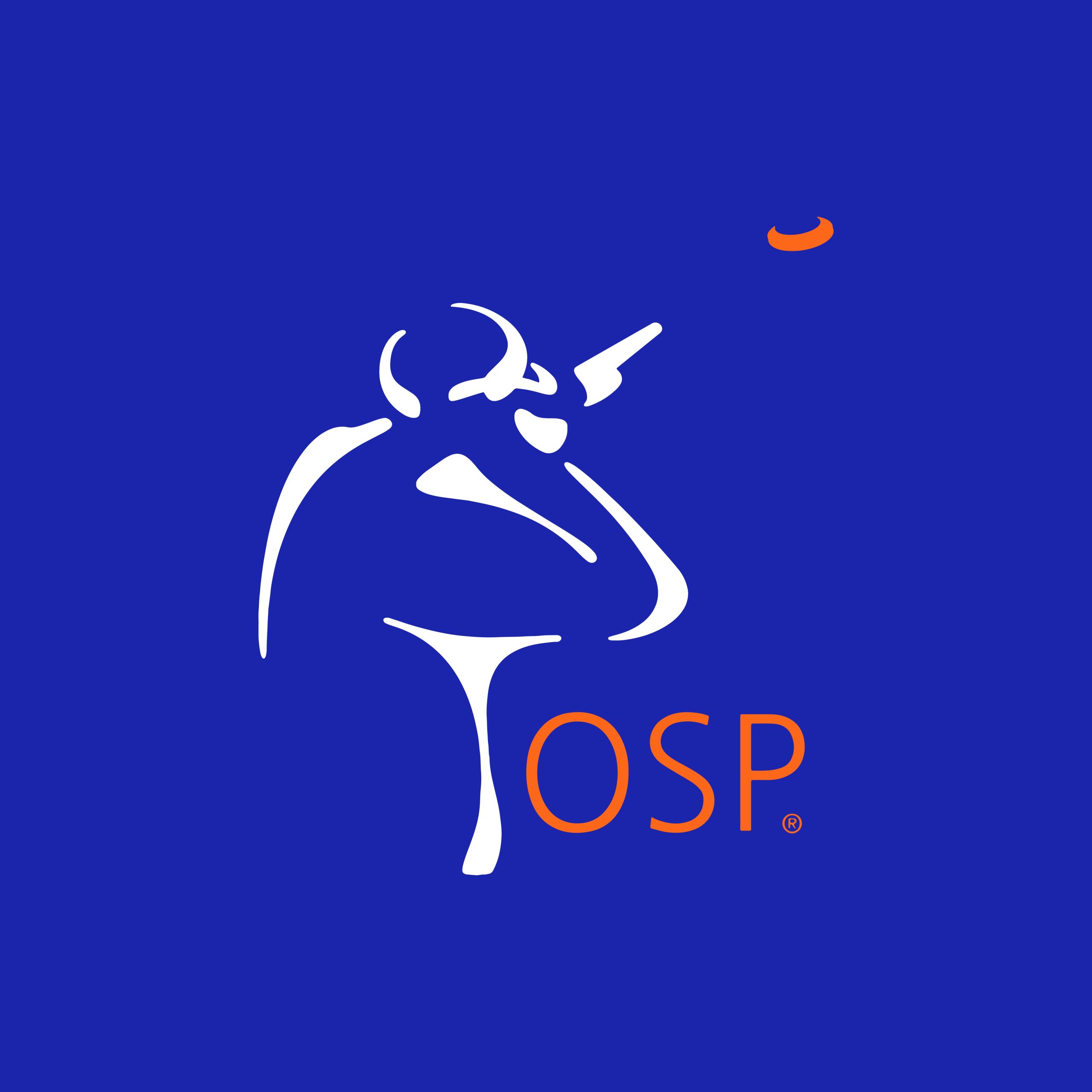Tips on a Blindside Bird
A blindside bird is one that comes from your left if you’re a right-handed shooter and from your right if you’re a left-handed shooter.
When shooting a blindside bird, it’s important to open your stance so that you can see the bird as early as possible. However, when you open your stance, it’s essential to slide your front hand back toward the receiver. This positioning will allow you to have a better follow-through, which can give you another 30 to 50 degrees in your swing arc.
It’s important to remember that when you open your stance, you’re putting the middle of your stance almost where you’re looking. This makes it easy for you to run out of room in your swing plane. But by pulling your front hand back towards the receiver, you can have more swing to the right. This can help to slow everything down and make the bird present itself and float toward you.
I remember a particularly fast bird at the 74 Ranch during an Advance School where the group just couldn’t get in front of it. I had them all open up so they could see the bird out of the house and pull their front hand back. The looks on their faces were priceless – it was as if the bird was standing still or floating. They were able to hit it easily, and they could move the breakpoint just by opening up so they could see the bird sooner and pulling their front hand back so they had more swing to the right.
Shooting a blindside bird can be intimidating, especially if it’s fast, and you need to get on it quickly. The classic, perfect foot position makes it difficult to see the bird out of the house. When this happens, two things can occur. First, you may end up cutting your eyes back to the left, which means that when you see the bird, you’ve seen it with your eyes out of the center of the orbit. This means you don’t focus on it, and you’re moving on imperfect data. Second, it can make you want to move your hands before you really get a good lock on the target.
Both of these things will ensure that you’ll only hit about 60% of the targets instead of 100%. The targets that target setters use on blindside presentations with simple birds with a little speed that have a little bit of a line shift are designed to make you move your gun before you see the bird and to make you cut your eyes. Most of them don’t know that if you cut your eyes, you can’t hit the target well. But they do know that there’s something about that blindside bird that gets people.
To increase your chances of hitting the blindside bird, it’s important to open up your stance, see the bird sooner, and pull your front hand back towards the receiver. This positioning will allow you to have more swing to the right, and it can help to slow everything down so the bird presents itself and floats towards you.
In conclusion, shooting a blindside bird can be challenging, but by opening up your stance, seeing the bird sooner, and pulling your front hand back towards the receiver, you can increase your chances of hitting the target. This positioning allows for a better follow-through, which can give you more swing to the right and make the bird present itself and float toward you. Keep these tips in mind the next time you’re shooting a blindside bird, and you’ll be sure to hit it more consistently.
This is an excerpt from the April 2013 Coaching Hour podcast. You can listen to it and read a written transcript, along with more than 20 years of archived episodes with your Knowledge Vault membership.




